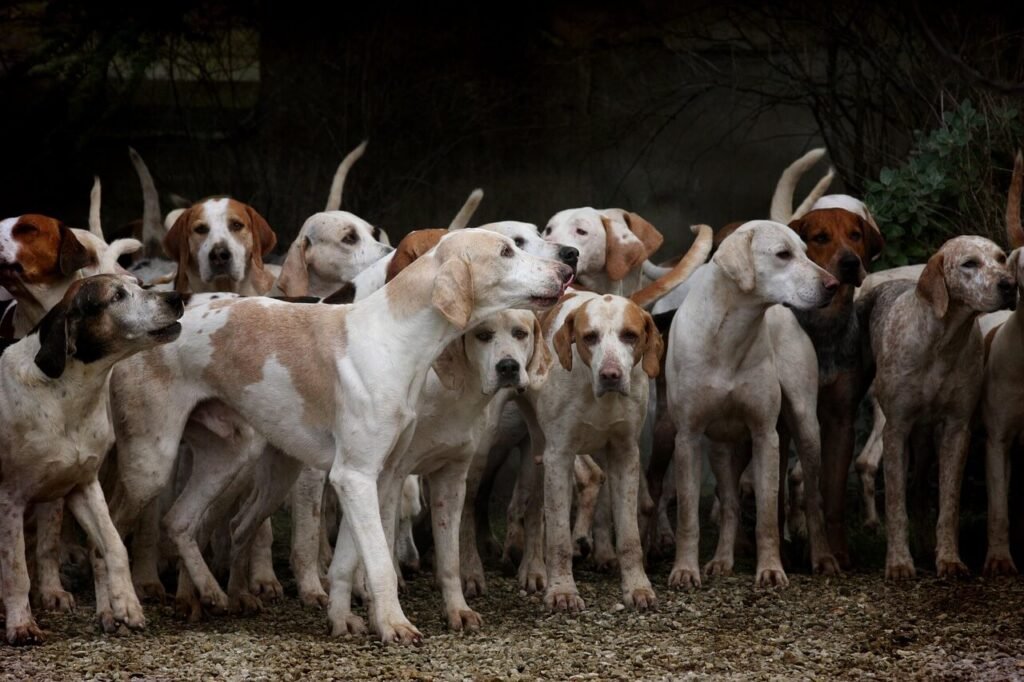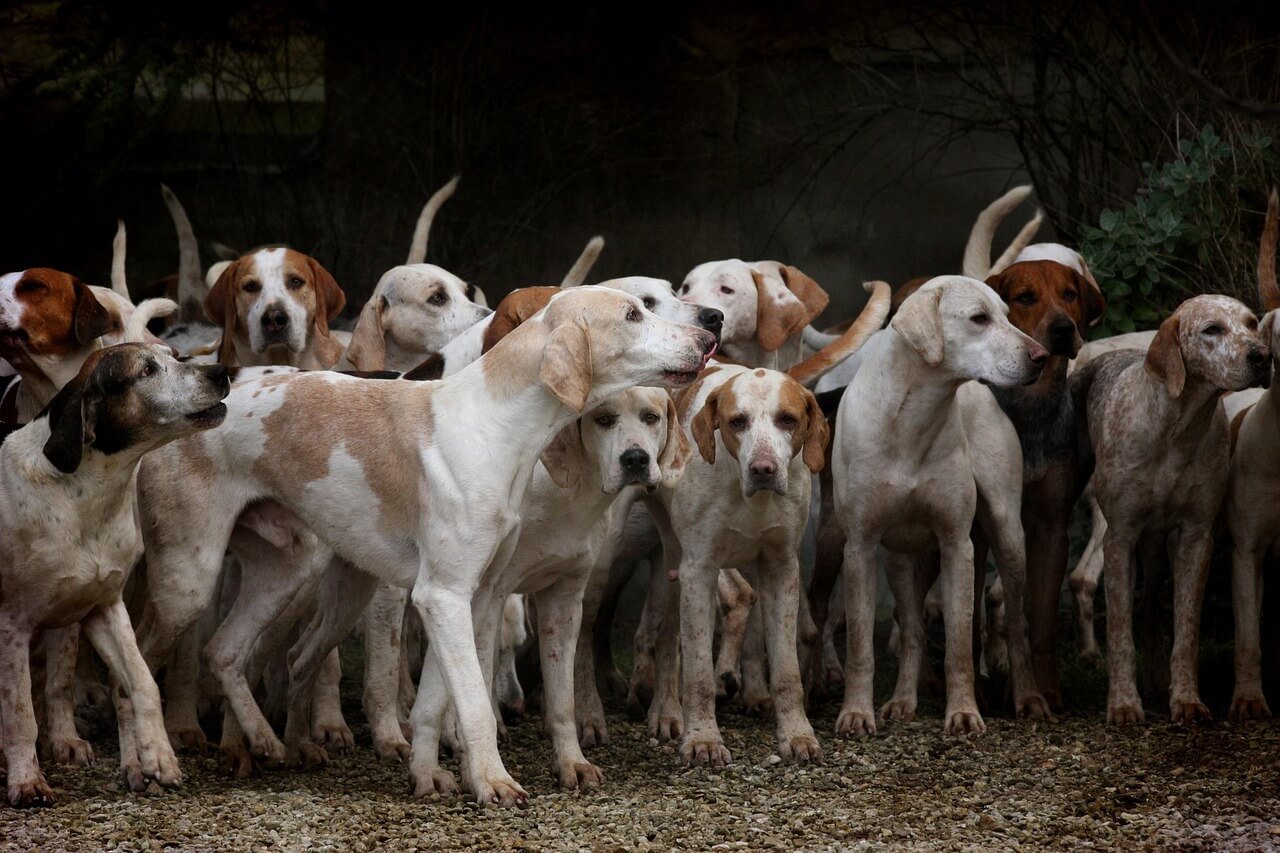The Unpleasant Encounter: Hair in Dog Poop
As a pet owner, you’ve likely encountered your fair share of unexpected surprises when it comes to your furry friend’s bathroom habits. One such surprise that can leave you scratching your head (and cringing) is finding hair in your dog’s poop. While it might seem like a minor detail, this occurrence can actually provide valuable insights into your dog’s health and well-being. Whether you’re a seasoned pet parent or new to the world of dog ownership, understanding why this happens and what it means is crucial for ensuring your pup stays happy and healthy. Let’s dive into the details and explore everything you need to know about this peculiar yet important topic.
Why Does Hair End Up in Dog Poop?
Finding hair in your dog’s poop might raise some concerns, but it’s not always a cause for alarm. There are several reasons why this happens, ranging from natural shedding to potential health issues. Below, we break down the most common causes to help you better understand your dog’s digestive system and overall health.
Natural Shedding : Dogs naturally shed their fur, and some of this hair may end up being ingested during grooming.
Excessive Licking or Chewing : If your dog is excessively licking or chewing its fur due to stress, anxiety, or skin irritation, more hair may be swallowed and later expelled.
Dietary Factors : A lack of fiber or poor digestion can sometimes lead to incomplete breakdown of ingested hair.
Parasites or Skin Conditions : Fleas, ticks, or allergies can cause your dog to chew on its fur, increasing the likelihood of hair ingestion.
Behavioral Habits : Some dogs develop obsessive behaviors like nibbling on blankets or furniture, which can also contribute to hair consumption.
Understanding these factors can help you identify whether the presence of hair in your dog’s poop is normal or if it’s time to consult a veterinarian. Remember, every dog is unique, so paying attention to patterns is key.
How to Address Hair in Dog Poop
If you’ve noticed hair in your dog’s poop, there are several steps you can take to address the issue. From dietary adjustments to behavioral changes, here are some practical solutions to consider.
Improve Grooming Practices : Regular brushing reduces loose hair, minimizing the amount your dog can ingest during self-grooming.
Enhance Diet Quality : Ensure your dog’s diet includes adequate fiber to support healthy digestion and reduce the chances of undigested hair passing through.
Monitor for Skin Issues : Check your dog’s skin regularly for signs of irritation, dryness, or parasites that could be causing excessive chewing or licking.
Provide Mental Stimulation : Boredom can lead to compulsive behaviors like over-grooming, so keep your dog engaged with toys and activities.
Consult a Vet : If the problem persists or worsens, seek professional advice to rule out underlying health conditions.
By addressing these areas, you can help minimize the amount of hair your dog ingests and promote better digestive health. Always remember that small changes can make a big difference.
Check this guide 👉Why Is There Mucus in My Dogs Poop? Best 7 Expert Tips!
Check this guide 👉What Dissolves Dog Poop in the Yard? Best 7 Expert Tips!
Check this guide 👉Why Is My Dogs Poop Yellow? Best 7 Health Tips!

Preventive Measures | Benefits |
|---|---|
Regular Brushing | Reduces loose hair and minimizes ingestion |
High-Fiber Diet | Supports healthy digestion |
Frequent Skin Checks | Detects early signs of irritation or pests |
Interactive Toys and Playtime | Decreases boredom-related behaviors |
Routine Vet Visits | Ensures overall health and addresses issues |
Signs That Hair in Dog Poop May Indicate a Problem
While occasional hair in your dog’s poop isn’t necessarily alarming, certain signs may indicate an underlying issue. Keep an eye out for these red flags to determine if further action is needed.
Frequent Occurrence : If you notice hair in every bowel movement, it could signal excessive grooming or a dietary issue.
Changes in Stool Consistency : Diarrhea or constipation alongside hair may point to digestive problems.
Visible Skin Irritation : Redness, scabs, or bald patches on your dog’s skin suggest allergies or parasite infestations.
Weight Loss or Appetite Changes : These symptoms combined with hair in poop could indicate malnutrition or illness.
Unusual Behavior : Obsessive licking, chewing, or other abnormal behaviors warrant closer observation.
If any of these signs accompany the presence of hair in your dog’s poop, it’s best to consult a veterinarian promptly. Early intervention can prevent minor issues from escalating into major concerns.
Tips for Maintaining Your Dog’s Digestive Health
A healthy digestive system plays a vital role in preventing complications related to hair ingestion. Here are some tips to keep your dog’s gut in top shape.
Feed Balanced Meals : Ensure your dog’s food contains essential nutrients, including proteins, fats, and carbohydrates.
Include Probiotics : Probiotic supplements can improve gut flora and aid digestion.
Encourage Hydration : Adequate water intake helps soften stools and facilitates easier passage of ingested materials.
Avoid Harmful Foods : Steer clear of toxic foods like chocolate, onions, and garlic that can disrupt digestion.
Schedule Regular Check-Ups : Routine vet visits allow for early detection of potential health issues.
By following these tips, you can proactively support your dog’s digestive health and reduce the likelihood of encountering hair in their poop.
Common Misconceptions About Hair in Dog Poop
There are several myths and misconceptions surrounding the topic of hair in dog poop. While some might dismiss it as a trivial matter, others may overreact without understanding the context. Let’s debunk some common misunderstandings to help you approach this issue with clarity.
Myth: Hair in poop always indicates illness : In reality, small amounts of hair are normal for dogs that groom themselves regularly.
Myth: All hair ingestion is harmful : Most dogs can pass small amounts of ingested hair without any issues.
Myth: Changing the diet will eliminate hair in poop : While diet can play a role, other factors like grooming habits often contribute more significantly.
Myth: Hair in poop means your dog isn’t clean : Even well-groomed dogs may ingest hair due to natural shedding or licking.
Myth: You should panic if you see hair : Occasional hair in poop is rarely a cause for concern unless accompanied by other symptoms.
By separating fact from fiction, you can better assess whether the presence of hair in your dog’s poop warrants attention or is simply part of their natural behavior.
Benefits of Regular Vet Check-Ups for Digestive Health
Routine veterinary visits are essential for maintaining your dog’s overall health, including their digestive system. These check-ups can provide valuable insights into your dog’s well-being and help prevent potential issues. Here’s why regular vet visits are so important.
Early Detection of Issues : Vets can identify underlying problems before they become serious, such as parasites or dietary deficiencies.
Tailored Advice : A vet can recommend specific diets or supplements based on your dog’s unique needs.
Preventive Care : Vaccinations and parasite control during check-ups reduce risks that could affect digestion.
Behavioral Insights : Vets can offer guidance on addressing behaviors like excessive grooming that lead to hair ingestion.
Peace of Mind : Knowing your dog is healthy allows you to focus on enjoying life with your furry companion.
Regular vet visits not only ensure your dog’s digestive health but also strengthen the bond between you and your pet through proactive care.
How to Make Grooming a Positive Experience for Your Dog
Grooming plays a crucial role in reducing the amount of hair your dog ingests, but many pets find the process stressful. Turning grooming sessions into a positive experience can make a big difference. Here are some tips to make grooming enjoyable for both you and your dog.
Start Early : Introduce grooming routines when your dog is young to help them get accustomed to the process.
Use Positive Reinforcement : Reward your dog with treats or praise after each grooming session to create positive associations.
Keep Sessions Short : Break grooming into shorter sessions to avoid overwhelming your dog.
Choose the Right Tools : Use brushes and combs designed for your dog’s coat type to make the process comfortable.
Stay Calm and Patient : Dogs pick up on their owner’s emotions, so staying relaxed helps keep them at ease.
By making grooming a positive and stress-free activity, you can minimize hair ingestion while strengthening your bond with your dog. It’s a win-win situation for both of you!
FAQ
Is it normal to find hair in my dog’s poop?
Yes, it’s relatively common, especially for dogs that groom themselves frequently. However, excessive amounts may indicate an issue.
Can hair in dog poop cause blockages?
In rare cases, large quantities of hair can form blockages, but most dogs pass it without complications.
How often should I brush my dog to prevent hair ingestion?
Brushing once or twice a week is usually sufficient, though long-haired breeds may require more frequent grooming.
What should I do if my dog’s poop consistently contains hair?
Monitor your dog for other symptoms and consult a vet if the issue persists or worsens.
Are certain breeds more prone to this issue?
Long-haired breeds and those prone to excessive grooming or skin conditions may be more affected.
Final Thoughts: Keeping Your Dog Healthy and Happy
Finding hair in your dog’s poop might not be pleasant, but it’s an opportunity to gain insight into your pet’s health. By understanding the causes, taking preventive measures, and staying vigilant for warning signs, you can ensure your dog remains comfortable and thriving. Remember, a proactive approach to grooming, diet, and veterinary care goes a long way in maintaining your pup’s well-being. With patience and attention to detail, you’ll navigate this quirky aspect of pet ownership like a pro. After all, a healthy dog is a happy dog—and a happy dog makes for a joyful household!
Canned Pumpkin for Cat Diarrhea: Best 7 Expert Tips! Natural remedy to firm stools, soothe upset bellies, and support gut health safely.
Can a Cat Give You Scabies? Best 7 Expert Tips! Discover the truth about feline mites, human skin risks, and how to protect yourself—without panic.
Cat Flea vs Human Flea: Best 7 Expert Tips! Discover the truth about bites, species, and how to eliminate infestations for good.
Weird Cat Behaviors: Best 7 Expert Tips! Discover why cats do strange things—and how to understand, not punish, their instincts for a happier home.





